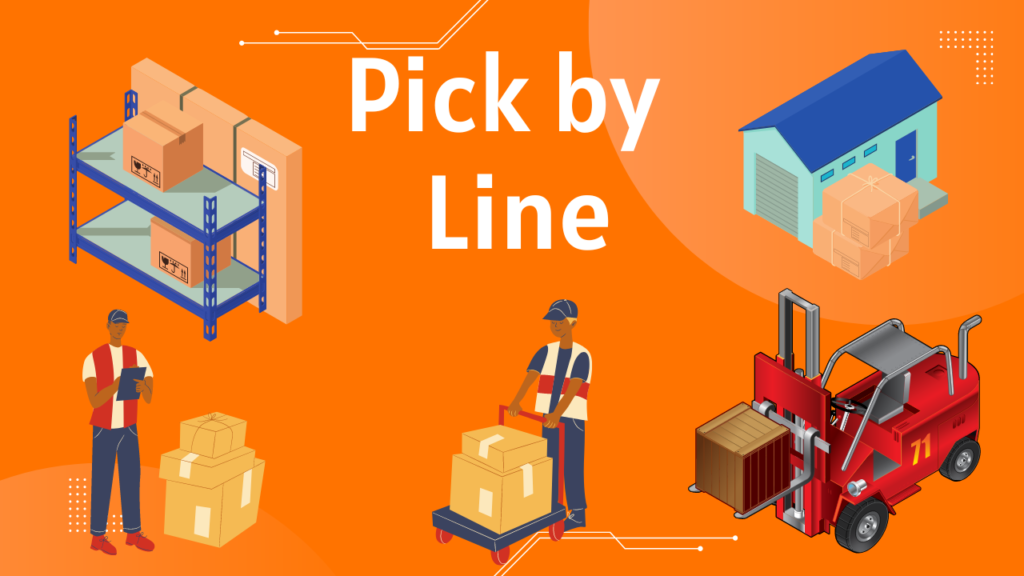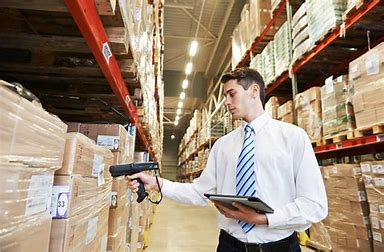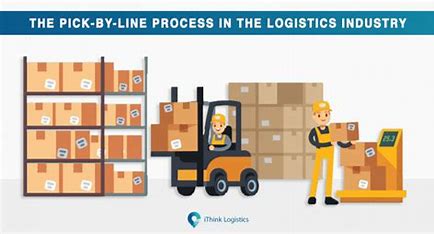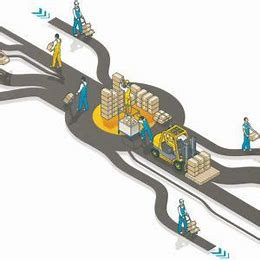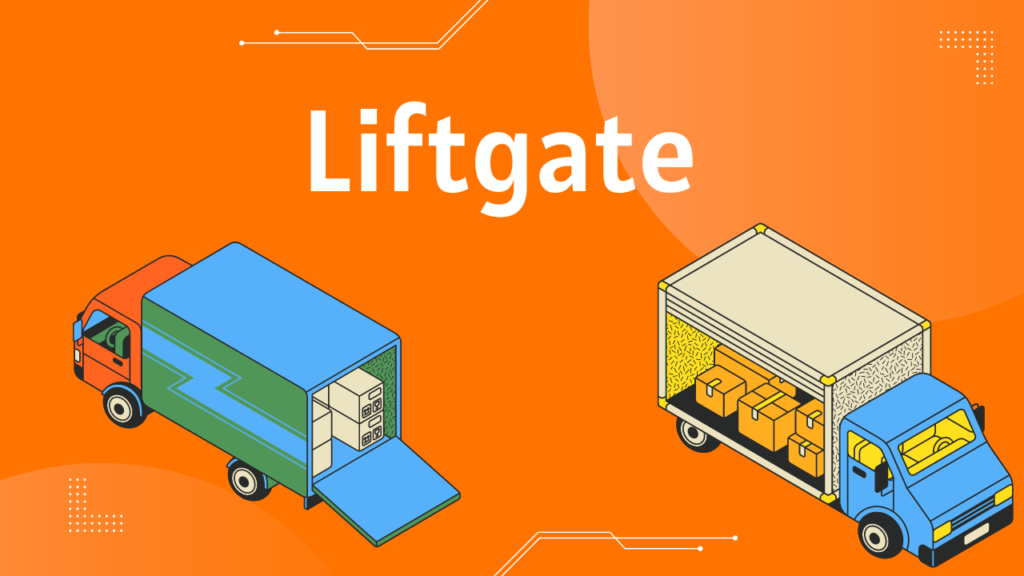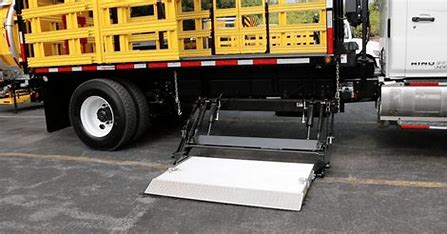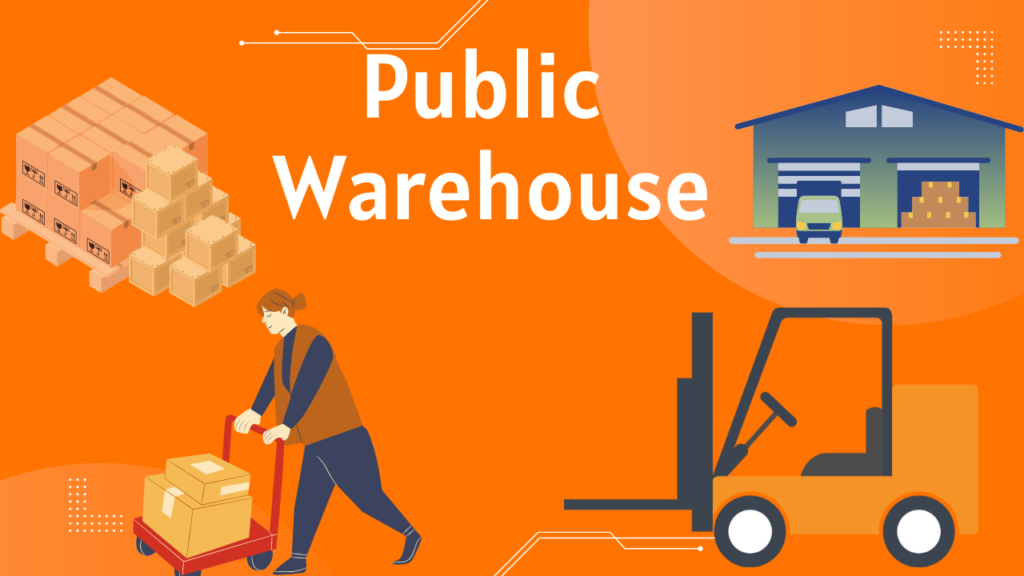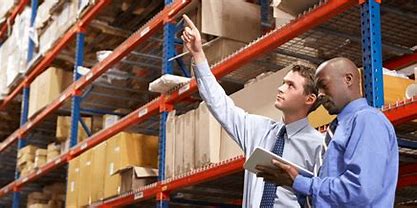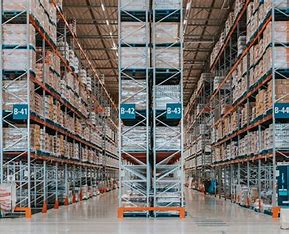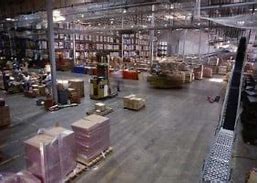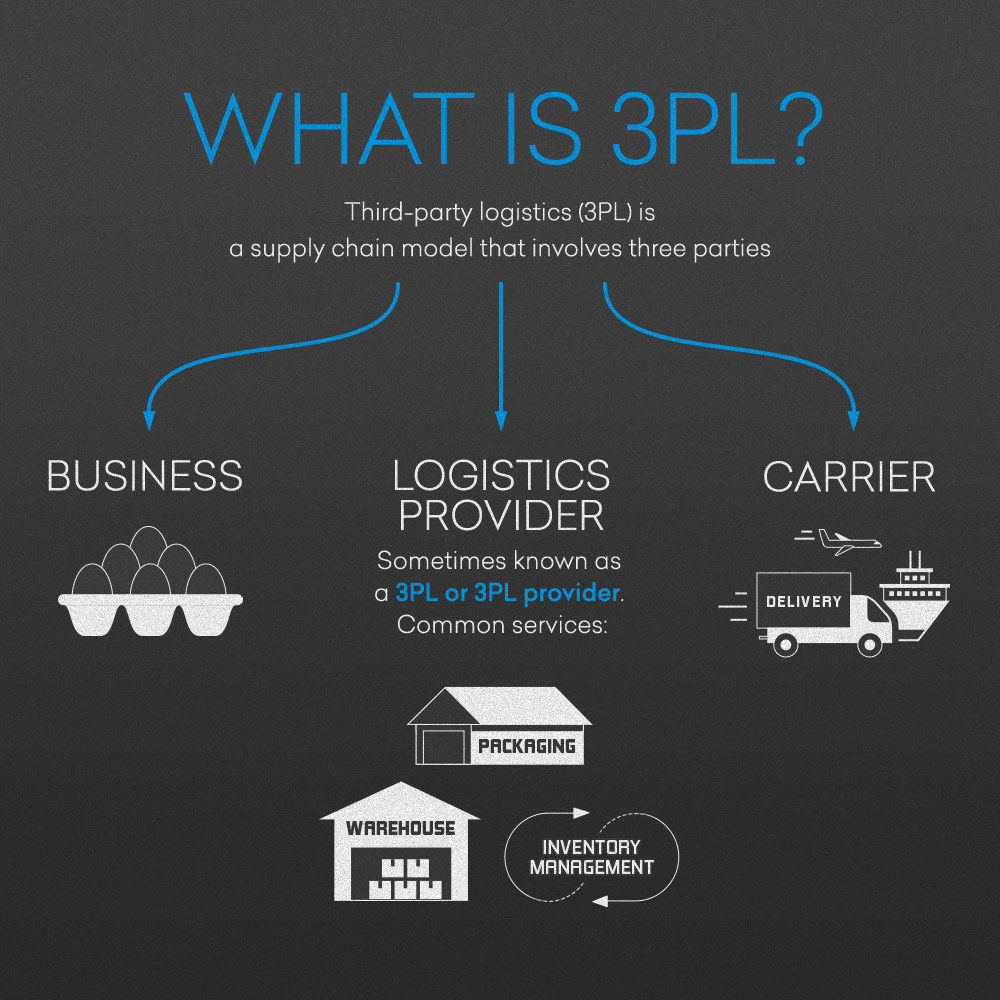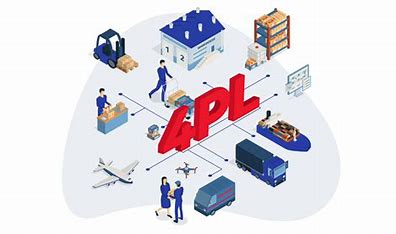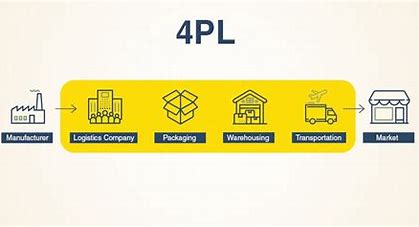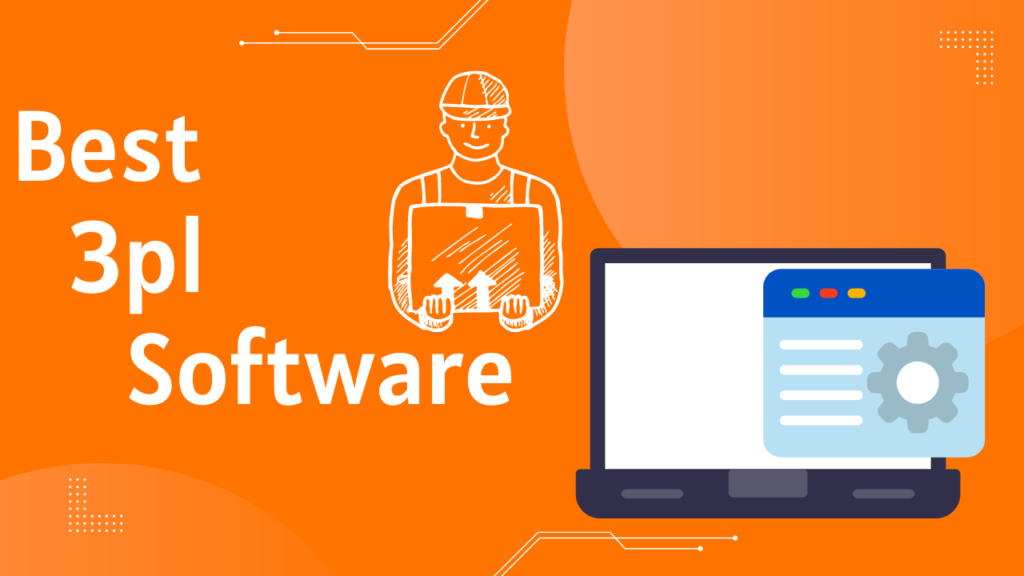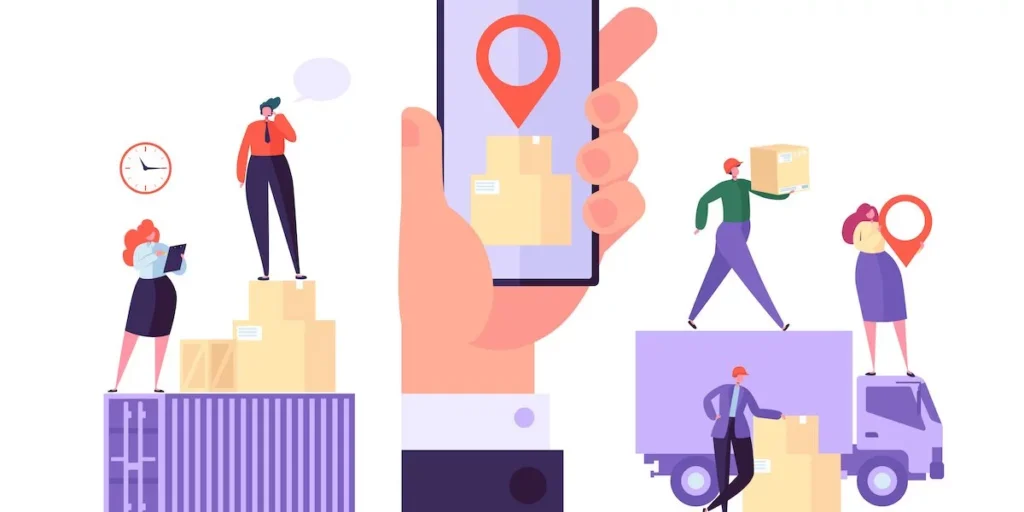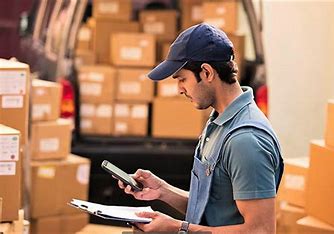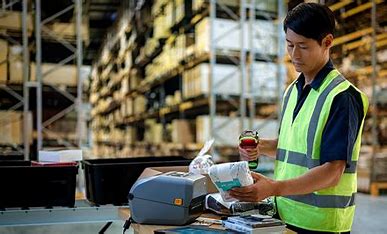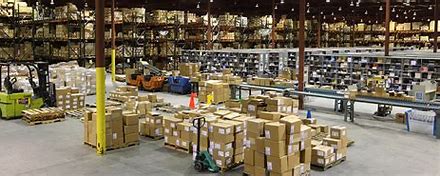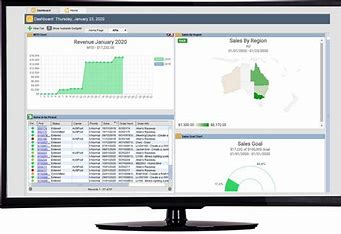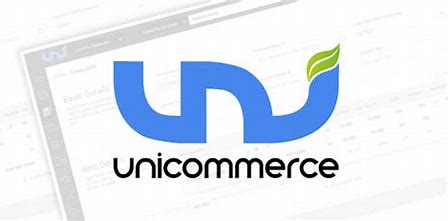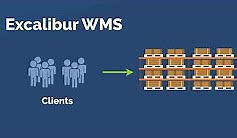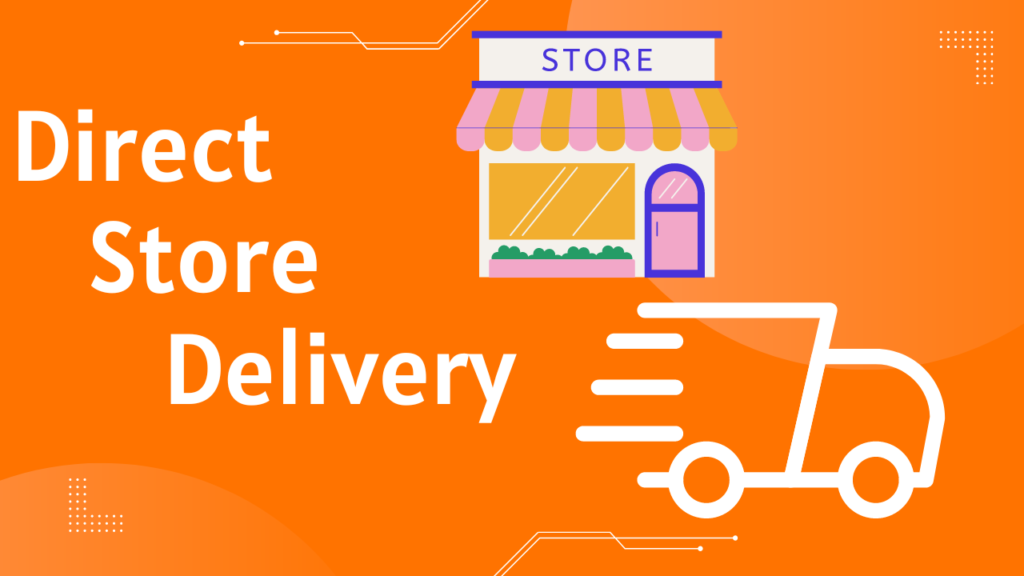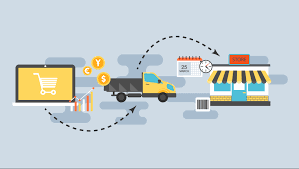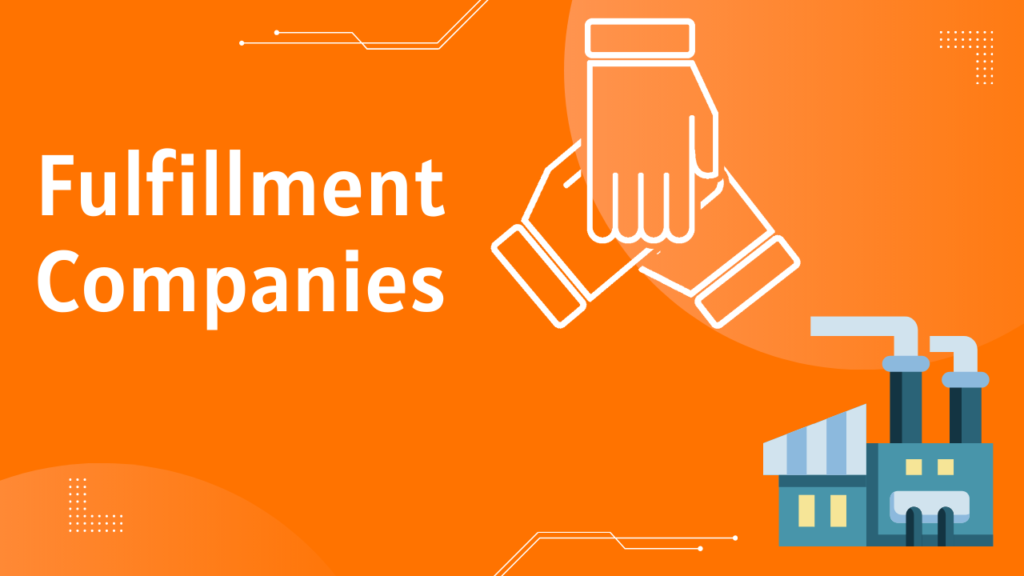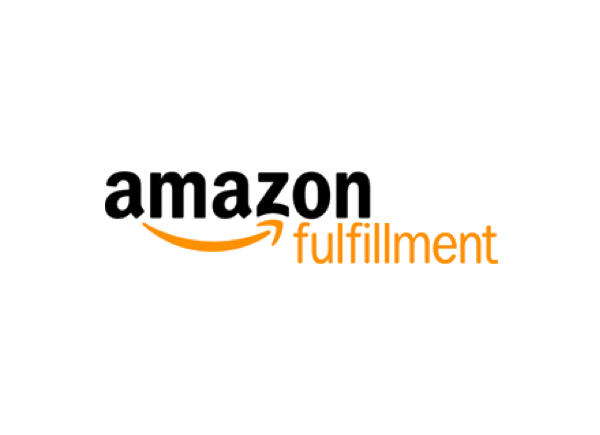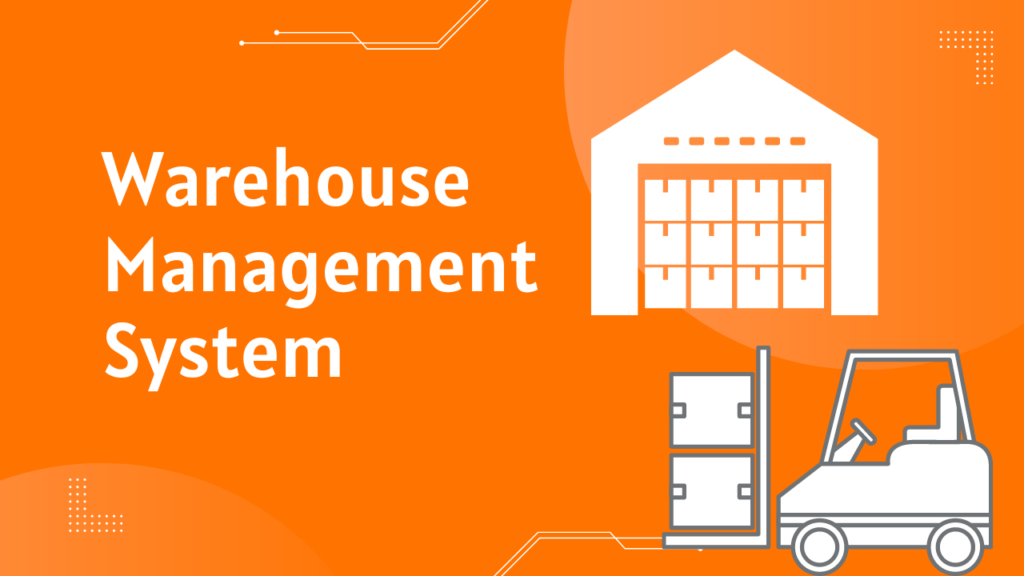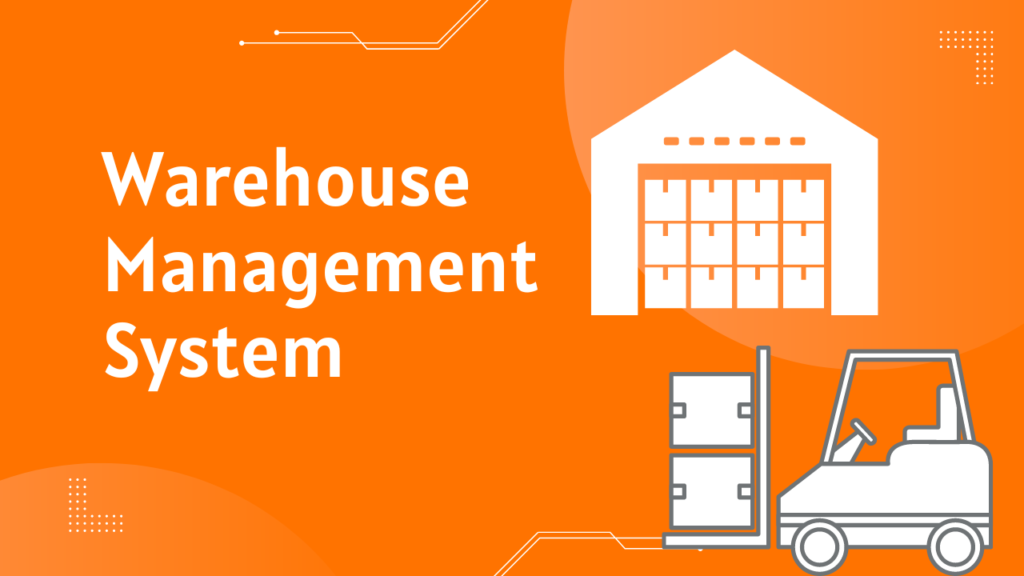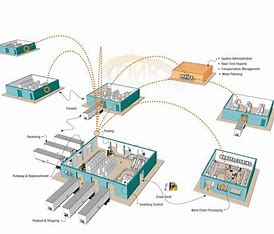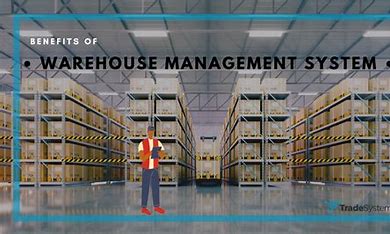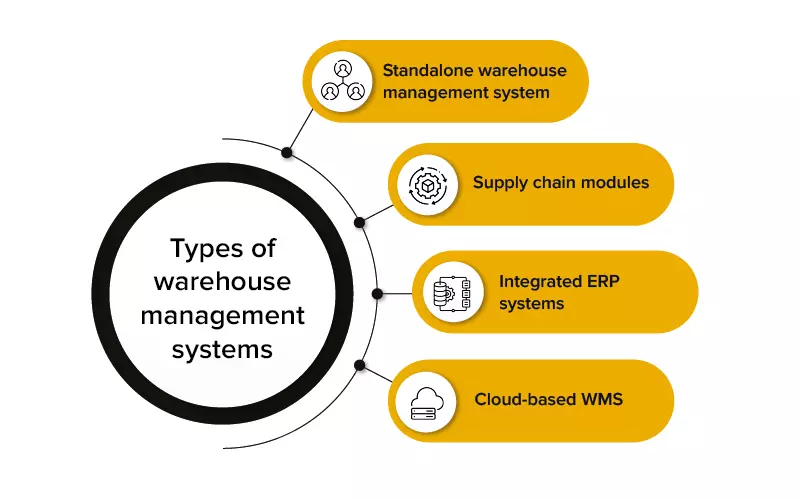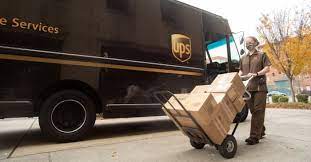Top 10 Courier Companies in India
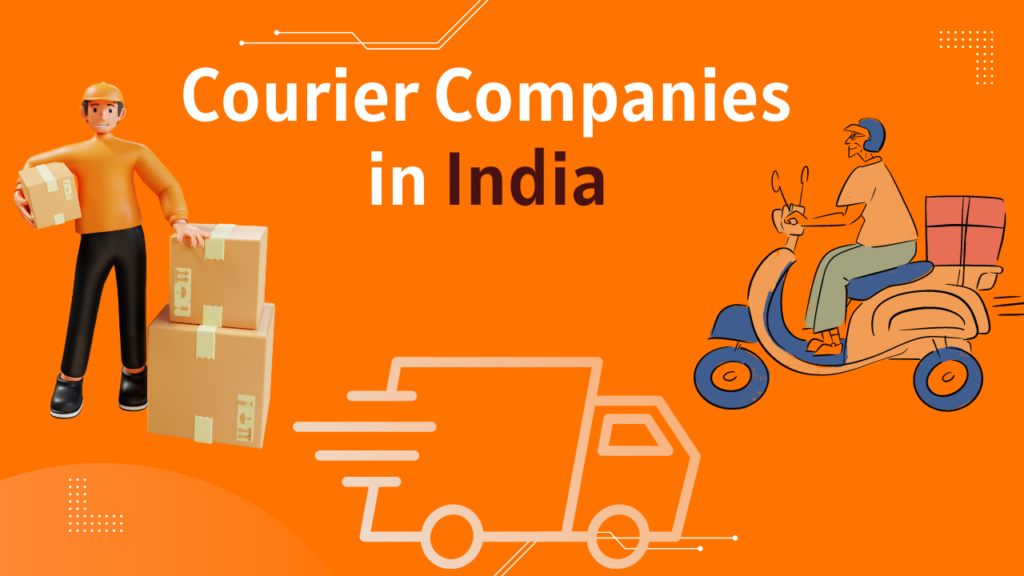
Looking for the best courier companies in India? Check out our top 10 list, featuring reliable and efficient services that will ensure your packages are delivered on time and in good condition.
When it comes to delivering packages and shipments across India, there are a plethora of courier companies available in the market. However, choosing the right courier service can be a tough task, especially with so many options available. To help you make an informed decision, we have compiled a list of the top 10 courier companies in India.
Making the Right Courier Choice in India
India is a vast country with a diverse population, and with the rise of e-commerce, the demand for courier services has increased significantly. With so many courier companies to choose from, it can be overwhelming to decide which one to use. However, by considering a few key factors, you can make the right choice and ensure that your deliveries are safe and timely.
Delivery Speed

One of the most important factors to consider when choosing a courier company in India is delivery speed. If you need to send urgent documents or packages, you’ll want to choose a courier service that offers fast delivery options. Some courier companies offer same-day or next-day delivery, while others may take longer. Make sure to check the delivery times and choose a service that fits your needs.
Pricing
Pricing is another important consideration when choosing a courier company. While you want to ensure that your packages are delivered safely and on time, you also want to make sure that you’re not overpaying for the service. Some courier companies offer competitive pricing, while others may charge more for faster delivery or additional services. Compare prices between different courier companies and choose one that offers a balance between affordability and quality of service.
Reliability and Safety of Deliveries
Reliability and safety are crucial when it comes to courier services. You want to choose a company that has a good reputation for delivering packages safely and securely. Look for reviews and ratings of different courier services to get an idea of their reliability. Additionally, consider the safety measures that the courier company has in place, such as tracking and insurance, to ensure that your packages are protected in the event of loss or damage.
Availability of Tracking Services
Tracking services are important for both the sender and the recipient of a package. With tracking, you can keep an eye on your package and ensure that it is delivered on time. Look for a courier company that offers tracking services, either through their website or a mobile app. This will give you peace of mind and allow you to plan accordingly.
Network Coverage
The network coverage of a courier company is also an important consideration. You want to choose a company that has a wide network and can deliver packages to even the most remote locations. Some courier companies may have limited coverage, which can lead to delays and additional costs. Check the network coverage of different courier companies and choose one that offers the most comprehensive coverage.
Customer Support
Finally, customer support is an important consideration when choosing a courier company. You want to choose a company that is responsive and helpful in case you have any questions or issues. Look for a company that offers multiple channels of communication, such as phone, email, and chat support. This will ensure that you can get in touch with them easily and quickly if needed.
By considering these factors, you can make an informed decision when choosing a courier company in India. Whether you’re sending documents, packages, or gifts, a reliable and efficient courier service can make all the difference.
Also checkout the importance’s of the Public Warehouse
List of Top 10+ eCommerce Courier Companies in India
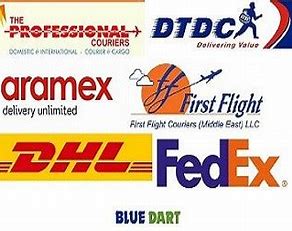
India has witnessed a significant increase in the number of e-commerce businesses in recent years. With the growing demand for online shopping, courier companies have become essential for businesses to provide timely deliveries to their customers. In this article, we will take a look at the top 10 courier companies in India that are helping businesses deliver their products to their customers with ease.
Blue Dart Express

Blue Dart Express is one of the most popular courier companies in India. It was founded in 1991 and has a presence in over 220 countries. The company offers a wide range of services, including domestic and international courier services, express delivery, and logistics services.
Blue Dart is a leading courier and logistics company in India known for its exceptional services and customer satisfaction. The company has been serving its customers for over three decades and has established itself as a reliable and trustworthy name in the industry.
Blue Dart has a vast network of over 35,000 locations in India, making it one of the largest courier service providers in the country. The company also has a strong international presence with operations in over 220 countries and territories worldwide.
One of the key factors that set Blue Dart apart from its competitors is its state-of-the-art technology. The company has invested heavily in technology to ensure that its customers get the best possible experience. From online tracking to real-time updates, Blue Dart’s technology enables customers to stay informed about their shipments at every step of the way.
Blue Dart offers a range of services to cater to the diverse needs of its customers. Its express delivery service is perfect for urgent shipments that need to be delivered quickly. The company also provides freight forwarding services for businesses looking to transport large and heavy items. Additionally, Blue Dart offers logistics solutions to help businesses manage their supply chain efficiently.
But it’s not just the services that make Blue Dart stand out. The company’s commitment to sustainability is also noteworthy. Blue Dart has implemented several initiatives to reduce its carbon footprint and promote environmental sustainability. From using electric vehicles for last-mile deliveries to adopting eco-friendly packaging materials, the company is doing its bit to protect the planet.
Delhivery Courier Service

Delhivery is a leading logistics and e-commerce courier service provider in India. They offer services such as same-day delivery, next-day delivery, and standard delivery across multiple locations. They have established a reputation for timely and safe deliveries, and their tracking service adds to their customer’s convenience.
Delhivery Courier Service is a leading logistics company that offers a range of services, including express delivery, warehousing, and transportation. The company was founded in 2011 and has a presence in over 2,000 cities in India.
DHL Shipping Service
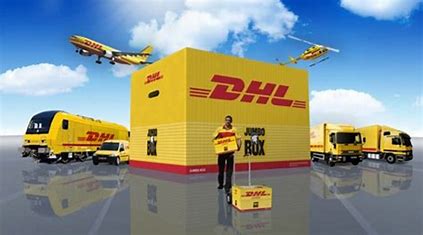
DHL is a global courier and logistics service provider, and one of the most trusted names in the industry. Their presence in India has been instrumental in improving the country’s e-commerce industry. Their range of services includes air express, ocean freight, road freight, and more.
DHL is a global courier company that has been operating in India for over 30 years. The company offers a range of services, including international shipping, express delivery, and logistics services.
DTDC Courier Service

DTDC is another popular courier service provider in India, known for its affordable prices and network reach. They offer both domestic and international courier services, as well as value-added services such as package tracking and SMS alerts.
DTDC Courier Service is one of the oldest courier companies in India. It was founded in 1990 and has a presence in over 10,000 pin codes in India. The company offers a range of services, including domestic and international courier services, express delivery, and logistics services.
Gati
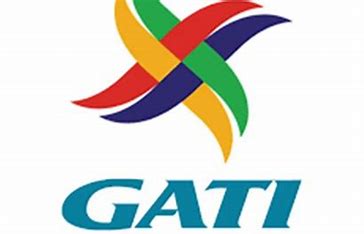
Gati is a logistics and courier service provider that offers a range of services such as express deliveries, supply chain solutions, and warehousing. Gati’s technologically advanced infrastructure ensures that their customers’ shipments are delivered safely and on time.
company that was founded in 1989. The company offers a range of services, including express delivery, warehousing, and transportation. Gati has a presence in over 19,000 pin codes in India.
XpressBees

XpressBees is a relatively new courier service provider in India, but they have quickly established themselves as one of the most reliable and affordable names in the market. With their innovative technology and efficient delivery network, they have quickly become a popular choice for e-commerce businesses.
XpressBees is a logistics company that was founded in 2015. The company offers a range of services, including last-mile delivery, reverse logistics, and order fulfillment. XpressBees has a presence in over 2,000 cities in India.
FedEx

FedEx is a global logistics and courier service provider with significant presence in India. They offer a range of services, including air and ground transportation, customs clearance, and warehousing. Their reliable and safe deliveries make them a popular choice for businesses and individuals alike.
FedEx is a global courier company that has been operating in India for over 30 years. The company offers a range of services, including international shipping, express delivery, and logistics services.
Ecom Express

Ecom Express is a leading e-commerce logistics provider in India. They offer services such as same-day delivery, reverse logistics, and cash on delivery, making them a popular choice for e-commerce businesses. Ecom Express also provides end-to-end package tracking, making it convenient for customers to track their shipments.
company that was founded in 2012. The company offers a range of services, including last-mile delivery, reverse logistics, and order fulfillment. Ecom Express has a presence in over 2,400 cities in India.
Indian Postal Service
The Indian Postal Service is one of the oldest and most reliable courier services in India. The service was founded in 1854 and has a presence in every corner of the country. The Indian Postal Service offers a range of services, including domestic and international courier services, speed post, and logistics services.
Aramex
Aramex is a global courier company that has been operating in India for over 20 years. The company offers a range of services, including international shipping, express delivery, and logistics services.
These are the top 10 courier companies in India that are helping businesses deliver their products to their customers with ease. Whether you are a small business owner or a large corporation, these courier companies can help you with your logistics and delivery needs. With their reliable services and extensive reach, you can be assured that your products will reach your customers on time and in good condition.
Conclusion
Choosing the right courier service provider can be a daunting task, but with our list of the top 10 courier companies in India, you can make an informed decision. Take into account factors such as delivery speed, pricing, reliability, tracking services, network coverage, and customer support to make the right choice. Whether you are running a business or sending a personal shipment, these top courier companies in India are sure to deliver your package safely and on time.

